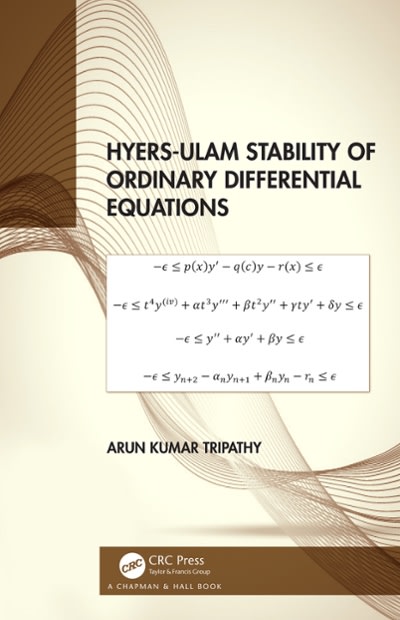ExtraCredit-07: Problem 1 Problem Value: 1 point(s). Problem Score: 50%. Attempts Remaining: Unlimited. (1 point) A recent study in the Journal of the American Medical Association reported the results of an experiment where 40 overweight individuals followed the Ornish diet for one year. Their weight changes at the end of the year had a mean of : = 3.1 kg with a standard deviation of 8 = 7.5 kg. We want to use this data to test the claim that the diet has an effect, that is, that the weight change is higher than 0. 1. Which set of hypotheses should be used for testing this claim? OA. Ho : H = Ovs. Ha : H #0 OB. Ho : A = Ovs. Ha : H 3.1 OD. Ho : H = Ovs. Ha : H >0 2. Which of the following conditions must be met for the hypothesis test to be valid? Check all that apply. [)A. There must be at least 10 people who 'succeeded' on the diet and 10 who 'failed'. OB. There must be at least 5 people who followed the diet for a full year. OC. The sample size must be at least 30 or the population data for weight loss must be normally distributed. OD. The weight loss measurements for people in the sample must be normally distributed. OE. The amount each person's weight changed must be independent of the amount other participant's weights changed. 3. Calculate the test statistic: 4. Calculate the p-value: P= 5. Calculate the effect size, Cohen's d, for this test:ExtraCredit-07: Problem 2 Problem Value: 1 point(s). Problem Score: 0%. Attempts Remaining: Unlimited. (1 point) A recent report for a regional airline reported that the mean number of hours of flying time for its pilots is 62 hours per month. This mean was based on actual flying times for a sample of 58 pilots and the sample standard deviation was 6.5 hours. 2. Calculate a 99% confidence interval estimate of the population mean flying time for the pilots. Round your result to 4 decimal places. 3.Using the information given, what is the smallest sample size necessary to estimate the mean flying time with a margin of error of 1.75 hour and 99% confidence? Note: For consistency's sake, round your t* value to 3 decimal places before calculating the necessary sample size. Choose n =ExtraCredit-07: Problem 3 Problem Value: 1 point(s). Problem Score: 0%. Attempts Remaining: Unlimited. (1 point) The Highway Safety Department wants to study the driving habits of individuals. A sample of 50 cars traveling on a particular stretch of highway revealed an average speed of 68.1 miles per hour with a standard deviation of 5.9 miles per hour. Round to 4 decimal places. 1.Calculate a 95% confidence interval for the true mean speed of all cars on this particular stretch of highway. 2. What sample size is needed to estimate the true average speed to within 1.5 mph at 95% confidence? Note: For consistency's sake, round your t* value to 3 decimal places before calculating the necessary sample size. Choose n =ExtraCredit-07: Problem 5 Problem Value: 1 point(s). Problem Score: 0%. Attempts Remaining: Unlimited. (1 point) A local brewery wishes to ensure that an average of 12 ounces of beer is used to fill each bottle. In order to analyze the accuracy of the bottling process, the bottler takes a random sample of 16 bottles with the following results. The data are shown below. Bottle number | Ounces 1 11.6 12.2 3 12 4 12.1 5 11.9 6 12.1 7 11.9 8 12 11.9 10 11.6 11 12 11.9 11.8 12.1 12 11.8 1. Which set of hypotheses should we use to determine if the mean bottle fill is different from 12 ounces? OA. Ho : u = 12 vs. Ha : H > 12 OB. Ho : M = 12 VS. Ha : M / 12 OC. Ho : M = 11.9 vs. Ha : u # 11.9 OD. Ho : M = 12 vs. Ha : M










